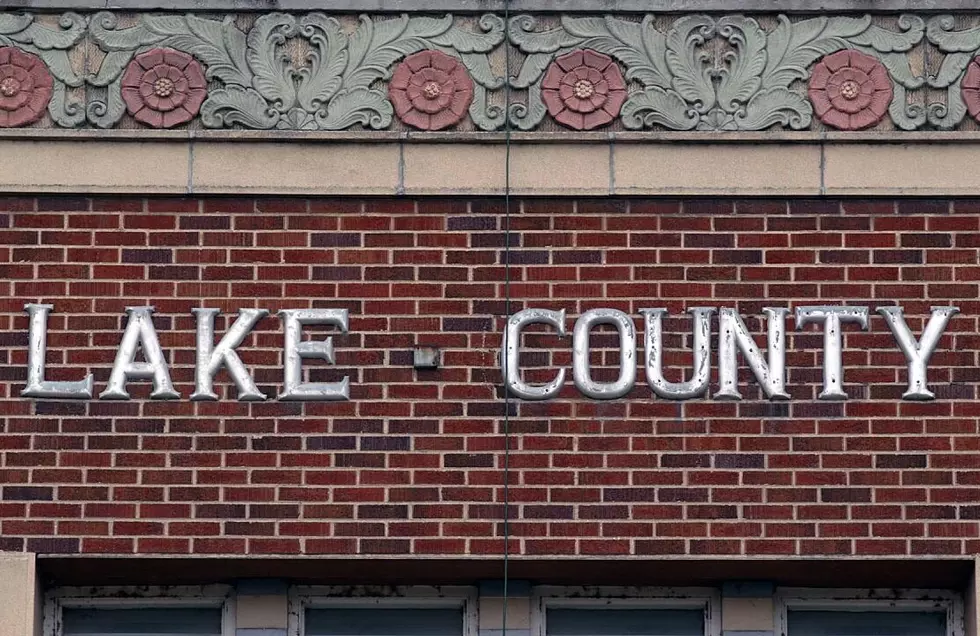
Lake County hands Montana $4M-a-year bill – for law enforcement
HELENA — Western Montana’s Lake County is the only Indian reservation county in the state where local law enforcement handles felony cases against Native Americans – and says it’s costing the county about $4 million a year.
But that obligation should be covered by the state, Lake County says – and, on Wednesday it handed the governor a bill for that amount going forward. If the state doesn’t pay, Lake County says it’s ready to go to court.
“We want a long-term solution; we want to go and work something out with the governor,” said Lance Jasper, an attorney representing the county. “They’ve been robbing Peter to pay Paul here, and the other departments in the county have gone unfunded and up-updated the past 10 years.”
The county also gave Gov. Greg Gianforte a copy of a draft lawsuit, that could be filed if some sort of payment agreement can’t be reached in the next two months. Gianforte’s office said late Wednesday it’s reviewing the county letter.
The dispute arises from Public Law 280, a federal law under which the state and Lake County agreed in 1963 that the county will investigate and prosecute felony cases against Native Americans on the Flathead Indian Reservation, which includes a good chunk of the county.
On other Indian reservations in Montana, the FBI or other federally funded police handle felony crimes committed by Native Americans on the reservation.
Lake County Commissioner Bill Barron, a former sheriff, says local law enforcement like the arrangement under PL280, because they can respond quickly to felony crimes on the reservation and work closely with police from the Confederated Salish and Kootenai Tribes.
But that work does come with a cost, and the state is under obligation to pay it, he added.
“When we sat down and actually penciled out what Public Law 280 was costing us? It was mind-boggling,” he told MTN News. “Nobody had a clue it was that amount of money.”
As Lake County’s population has increased in recent years, shouldering that cost without state help has meant other county services – roads, bridges, public health, the treasurer – have had to absorb the cost and suffer as a result, Barron said.
County voters have passed a $1.5 million-a-year public safety levy to pay for some of the costs, but raising taxes further is neither feasible nor fair, Barron said, because the large amount of tribal land within the county is not taxable.
“We collect about 55 percent of what a county normally would in terms of property taxes,” he said.
The county’s 12-page letter to the governor identified numerous state accounts it said could finance the $4 million-plus annual costs calculated by a legislative analysis – and noted the state currently has a budget surplus approaching $1 billion.
Jasper and Barron also noted the impact the lack of funding is having on law enforcement on the county.
An aging county jail, which is filled to capacity, is badly in need of an upgrade and expansion, and only the worst offenders are being detained, while many other felony suspects are released until a trial or court hearings, they said.
“Both the tribes and the county are essentially restricted from taxation to raise additional funds, and each has to rely on the federal government or the state for funding in this type of situation,” Jasper said. “It’s clearly the responsibility of the state (for the county).”
